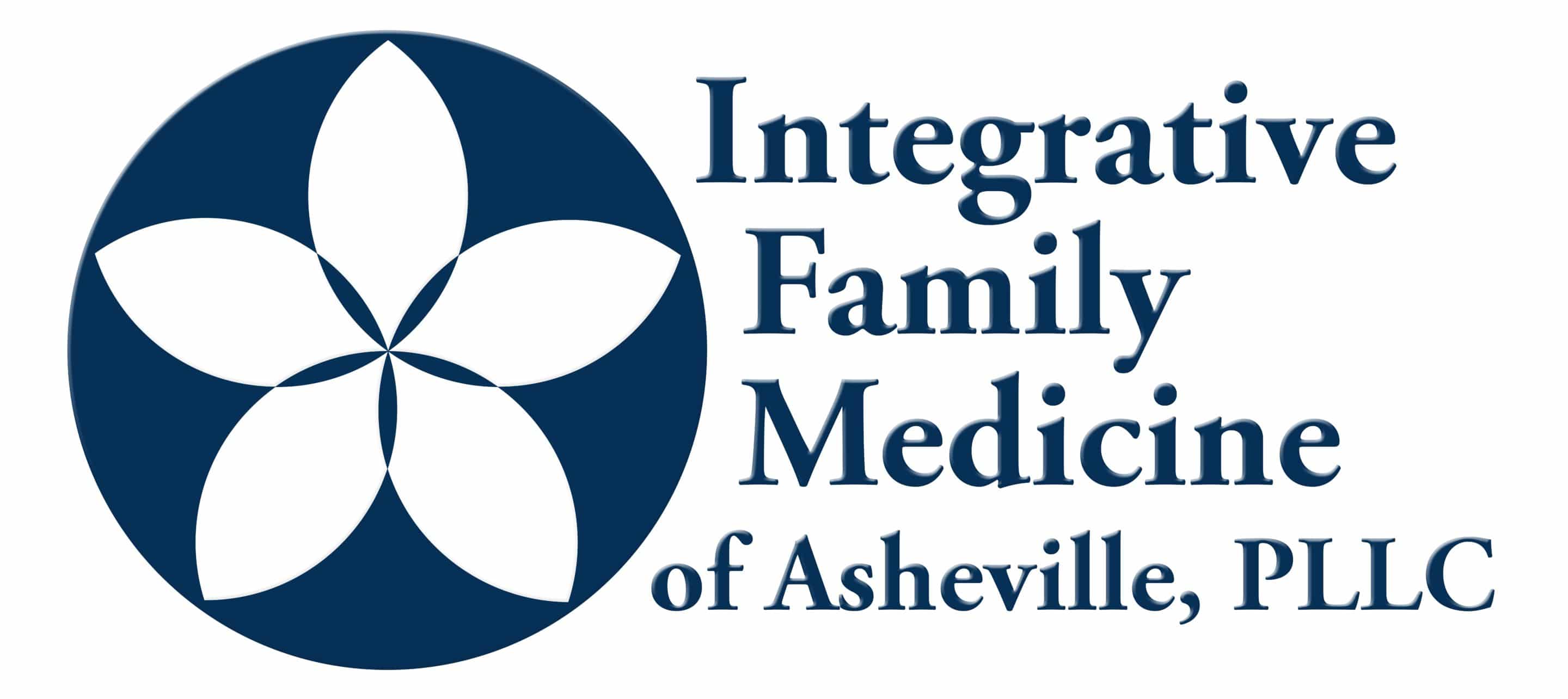As a nation, we are entering flu season in the midst of the COVID-19 pandemic. For those of us who live in cooler winter climates, this means that we need to figure out new strategies. How do we stay healthy as the weather turns darker and colder? How do we stay both connected and safe as outdoor social distancing gets more challenging? How do we keep from being overwhelmed by stress? Focusing on what is within our control can help to boost our resilience and well-being. This post will offer five habits our medical providers believe can help keep you anchored in the months to come.
- Movement: Moderate, regular physical activity is a proven strategy for boosting immune function, lessening stress, and increasing your feelings of health and well-being. The CDC recommends a minimum of 150 minutes of moderate exercise per week for adults. Aim for that, but do not get held back by an “all or nothing” mindset! Whether you find ways to work out from inside your home or get moving outside even in the cold, make a plan that feels enjoyable and possible for you. This can look like three thirty-minute walks each week, jogging up and down the driveway for 20 minutes a few times a week, or joining a local group exercise class that meets at Carrier Park. Decide how you can make a plan to get moving, find ways to make it fun, and use your social network [or our health coach] for accountability support. Remember, practice makes permanent—not perfect.
- Social connection: Numerous studies have shown that being connected to others is vitally important to our health, including our immune function. Research done by the Blue Zones shows that people live longer when they are connected and supported by a community. Even in the midst of winter with COVID-19, what is within your control to do to stay connected? Can you pick a social distancing “pod,” and stay with it? [Within that group, social distancing is not necessary; however, everyone agrees to maintain social distancing protocols with others]. Or can you write a letter to someone you love each week, invite a friend over for dinner via Zoom every Friday night, and/or host a socially distanced “bring your own warm picnic” lunch? You can use this online calculator MyCovidRisk.app to assess the COVID-19 risk of a given activity. How you stay connected is up to you, but decide now what you will do to connect to your community. Building relationships offers you health benefits while doing the same for those you love.
- Mindfulness and Mental Health Support: Establishing a mindfulness practice of some kind can be tremendously beneficial towards reducing stress and anxiety. Whether you are pausing three times throughout the day to take three slow, deep breaths or starting a sitting meditation practice, find ways to slow down and become aware. Check out this section of our website for some resources and ideas to support this. Also, have a mental health plan in place by looking ahead of time for a therapist you might work with and thinking through who in your network you can reach out to if you are struggling. Think back to a time in your past when you felt anxious, stressed, or depressed. What helped you to get through it? How can you apply your learned experience to the present?
- Boundaries around news and media: Sometimes the very best thing we can do for ourselves is to stop reading the news. Pick the news sources you want to read, and focus on them. Decide how much time you want to give towards staying informed, and give yourself a time limit. Some news platforms offer daily recaps—you might consider subscribing to these instead of getting lost in scrolling. Ultimately, boundaries around the news and media offer up a chance to take a break. This can offer your nervous system a chance to slow down.
- Reframe for connection and gratitude: Shift to focus on our common humanity! In the midst of socio-political tensions and a politicized pandemic, how can we reframe our mindset to find the common humanity we all share? Simple daily practices can remind us of how our actions and attitudes affect others. Consider taking a moment to express gratitude to the grocery store checkout person who is taking a risk to work their job, for the benefit of that store’s shoppers or thanking the Amazon Prime delivery person. By having awareness of what we are doing, we can choose to practice kindness, compassion, and gratitude. Reframing in this way can benefit our own emotional health while also offering benefits to those we interact with.
Take a few minutes to think about how you might immediately start applying the ideas above into your daily life… What can you do today? This week? This month? Make a plan, and tell a friend about it. Let’s focus on supporting ourselves and one another towards greater compassion and well-being.

